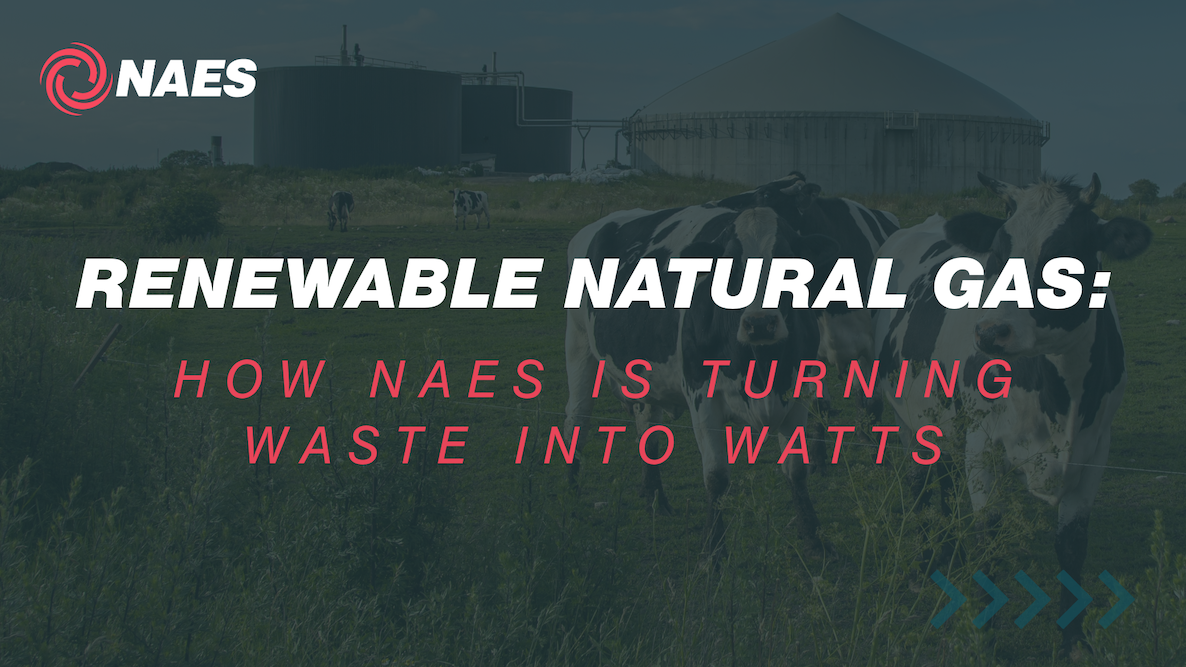By: Lydia Sauer, NAES Communications Associate
Renewable Natural Gas (RNG) is a growing part of the clean energy landscape. NAES is proud to operate and support RNG facilities across the U.S. that turn dairy waste into clean, pipeline-quality fuel. Though a lesser-known renewable energy source than wind or solar power, RNG offers a unique, regenerative, emission-reducing solution.
Cultivating Clean Energy from Dairy Farms
NAES has supported RNG sites for over five years, bringing together proven O&M practices with a flexible, site-specific approach. NAES operates multiple RNG sites across the country: New York, Florida, Arizona, South Dakota, Ohio, Wisconsin, and Iowa. All of these sites use dairy manure as feedstock, but each site varies in design, scale, and technology. That variability makes consistency and operational expertise critical.
“We’re really trying to empower our site leaders to understand the ‘why’ behind what they’re doing,” said RNG Area Manager, Tyler Dioguardi. Tyler brings extensive experience in agricultural and industrial systems, working in the space for 4 years. “It’s not just preventative maintenance, it’s how we minimize downtime, increase uptime, and increase profitability.”
The RNG Journey: From Manure to Methane
NAES-managed RNG facilities use specific, sealed tanks called anaerobic digesters. They take dairy manure and, without oxygen, break down organic compounds through a process called methanogenesis. This process creates a “dirty gas” that contains various poisonous compounds. To make it usable, this gas is then put through different technologies to remove the toxins and inert gases, creating clean methane, which has heating value like the natural gas we use every day. The cleaned methane is then compressed back into pipelines for distribution.
The process is designed to be regenerative. After the manure is digested, the leftover liquid, known as digestate slurry, is separated. Solids, like sand and fiber, are separated out and dried. These dried solids are then used as bedding for the cows. Eventually, the bedding material re-enters the digester and is processed again, until it’s fine enough to be applied to fields as fertilizer.
NAES employs three different types of digester technologies. Plug flow digesters displace incoming manure through a fixed path and incorporate heating and mixing. Continuous mix or CSTR (Continuously Stirred Tank Reactors), are large tanks where manure is pumped in, mixed, and then gravity-fed out. Lagoon digesters, are considerably larger, ranging from ten million to 17 million gallons, which are more than five times as large as other types. While these lagoon digesters lack heating or mixing infrastructure, their sheer volume allows them to produce sufficient gas for processing through Gas Upgrading Systems (GUS). Gas Upgrading Systems come in several forms, including membrane-style filters that remove certain constituents and systems that utilize pressure differences to process gas constituents. These advanced technologies are crucial for transforming the dirty gas into a clean, pipeline-quality final product.
Operating RNG facilities presents unique technological challenges. The outdoor process and different climates can have distinct impacts on operations. For example, severe winters in New York and South Dakota, as well as intense heat in Florida and Arizona, can lead to digester covers and machine parts degrading. Proactive maintenance and localized adaptability are necessary to ensure plant uptime and safety.
NAES Safe: Prioritizing People in RNG Operations
Operating RNG facilities comes with unique hazards that require strict safety requirements. A major hazard is hydrogen sulfide (H2S), a particularly dangerous compound in the gas. It smells like rotten eggs at low concentrations, but prolonged exposure can lead to nose blindness, which means it can be harder to detect. Other hazards include displaced oxygen availability and high Lower Explosive Limits (LEL) in the atmosphere.
To prepare for and prevent these hazards, NAES regularly conducts training for its team. All employees are equipped with “man-down gas monitors” that detect various constituents like H2S, ammonia, carbon monoxide, and LEL. These monitors sound an alarm and flash if a low-limit threshold is hit. If nobody responds to the alarm, the Blackline monitoring system contacts the employee’s supervisor and safety managers and can even dispatch emergency services if necessary.
